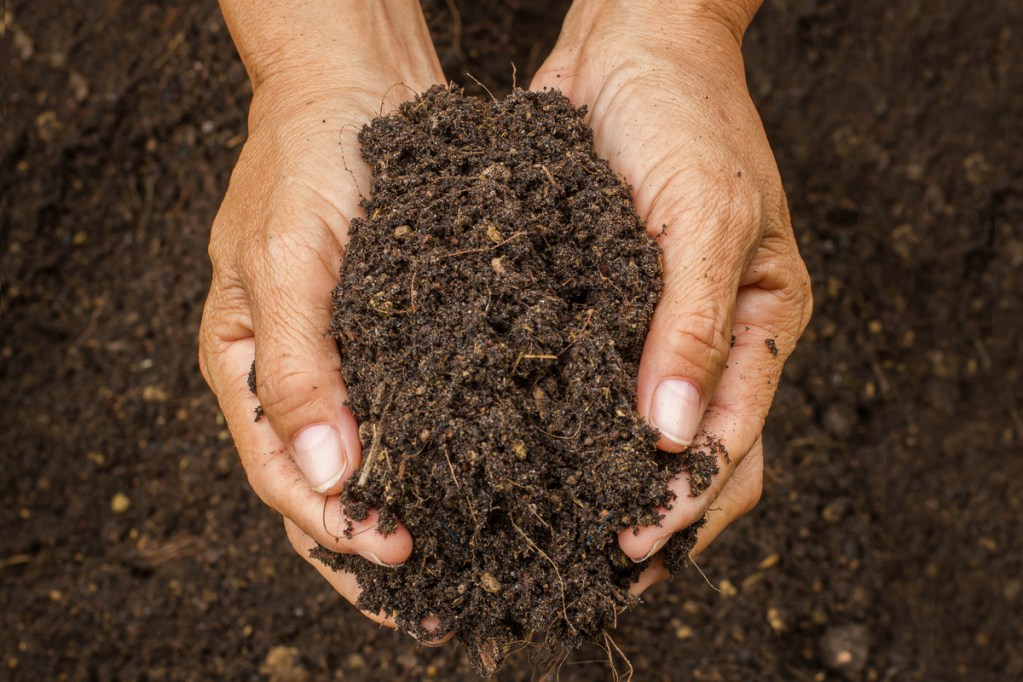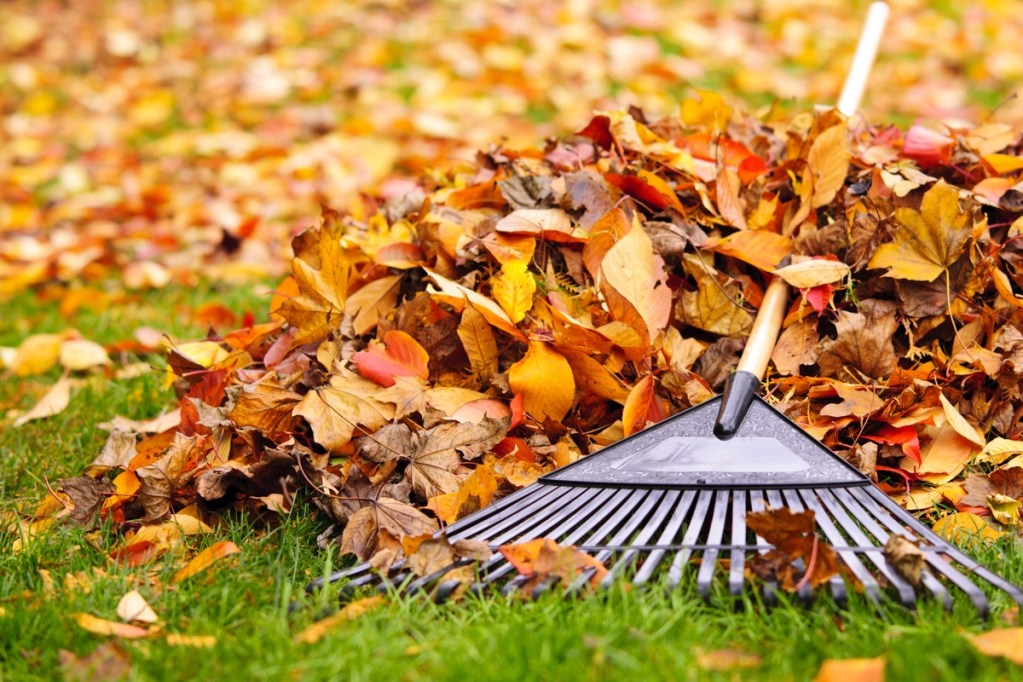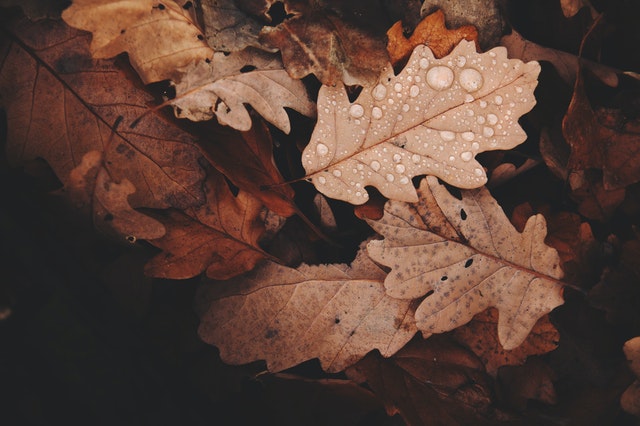Leaves can be a lot of fun to crunch underfoot or pile up and jump into, but they can also be annoying for gardeners to deal with. But they can do a lot for you and garden, though, even making an excellent fertilizer! If you’ve ever wondered if mulched leaves are good for grass and if there are ways to make your leaves decompose faster, this article is for you.

Best ways to mulch leaves from the garden
Mulching leaves is a straightforward process, and you have two main options for how to go about it. You can collect leaves when they’re dry and create leaf litter, or collect them when wet and turn them into leaf mold.
Shredding dry leaves is easier than shredding wet leaves and can be done with just about anything. Lawn mowers work very well for this, and you may even have a specific attachment or setting for mulching. You can shred them by hand, although that may be tedious if you have a lot of leaves. If your leaves are very dry to the point of being crunchy, you can bag them up and then walk on the bag or run it over with something to crush them all at once. This method does see quicker results, although both methods have the same outcome.
Leaf mold is moist and already partly decomposed leaf matter that all leaves eventually turn into. Creating leaf mold is very similar to composting, with the only real difference being that you don’t add additional plant matter into the pile. To create leaf mold, rake all your leaves into a pile and let them sit. You can also create a compost bin specifically for leaves, or add leaves to a regular compost bin.
It can take several months to see results, so a pile started in the fall may not be ready for use until summer.
Once your leaf litter or leaf mold is ready, spread a thick layer over your garden. You should have 3 to 4 inches of leaf matter over your plants. You can then let it sit until spring without worry!

Should you add leaves to garden soil?
You absolutely should add leaves to your soil! Leaves provide a lot of benefits to gardens. Before decomposing, they insulate the ground, keeping your plants warm in the winter, like a blanket. They also help keep weeds from establishing themselves and help reduce erosion, as they form a protective barrier against the ground, keeping weeds out and soil in.
Once they start decomposing, leaves add plenty of nutrients and moisture to the soil. While leaves are growing, they produce and store a lot of energy and nutrients for the trees. Decomposing releases that energy and those nutrients back into the soil for your plants to feed off them. If you cover your plants in the fall or winter, then in spring you can gently mix the partially decomposed leaves into the soil. This allows your plants to continue receiving the benefits of leaves while improving the general appearance of your garden and making room for more leaves come fall.
How long does it take for leaves to decompose naturally?
Leaves typically take anywhere from 6 to 12 months to decompose naturally. Where your leaves fall in this range depends on the size of your leaves, the type of leaf, and your climate. Smaller leaves or leaf chunks, leaves with less cellulose, and leaves in hot, rainy climates will decompose faster. Leaves that are larger, leaves with more cellulose, and leaves in cold, dry climates will decompose slower.

How can you speed up leaf decomposition?
Composting your fall leaves with other materials, in a bin that is turned regularly and well maintained, can cut the time it takes to decompose your leaves in half. You can speed this up further by adding worms or garden soil rich with bacteria into your compost. If you don’t enjoy composting, you can add ground limestone to your leaf pile. Although this isn’t quite as fast as composting can be, it is still a viable option. Shredding or tearing your leaves will speed up the process no matter which route you take.
Of course, you can always cut out decomposition entirely by burning your leaves. Check your city ordinances first, though, as leaf burning isn’t legal everywhere. Be safe when burning your leaves by using a fire pit, only burning leaves from trees, exclusively burning dry leaves, and keeping water on hand to extinguish the fire if necessary. Make sure the fire is out entirely and don’t leave it unattended.
Leaves are slow to decompose, which can be frustrating. But by using these tips and tricks, you can cut through the mess and stress of fall and focus on enjoying the colors and benefits of the leaves.
Want more? Check out the many benefits of leaf composting for further guidance on the subject.
Editors' Recommendations
- 3 incredible reasons why you should be using coffee grounds in your garden
- Why mulching might be the best option for your old Christmas tree
- These are the 10 best gardening shows to stream right now
- A guide to winter lawn fertilizer for keeping your turf healthy this season
- 4 November garden plants you should consider growing





